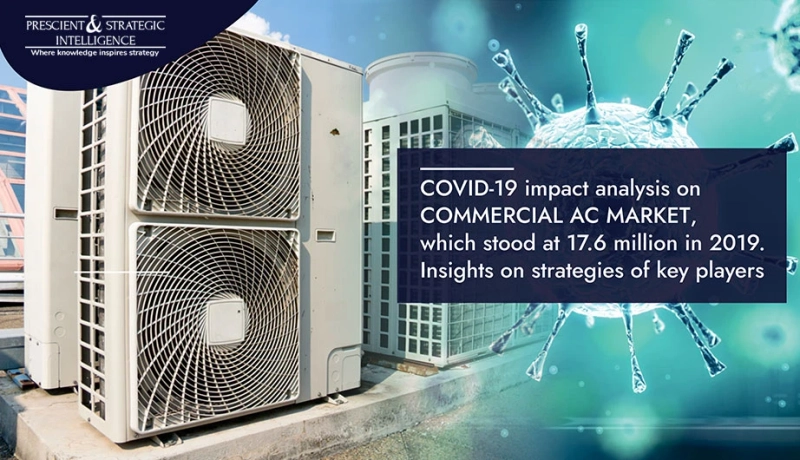The global commercial air conditioner (AC) market registered a sale of 17.6 million units in 2019, which is expected to increase to 25.4 million units by 2030. The market is expected to experience a CAGR of 3.5% during the forecast period (2020–2030). This can be attributed to a multitude of factors, such as the growth in the purchasing power of people, expansion of the construction industry, and surge in the urban population and tourism activities.
Currently, refrigerants with a low Global Warming Potential (GWP) are trending. At present, the demand for hydrochlorofluorocarbon (HCFC)- and chlorofluorocarbon (CFC)-based refrigerants, such as R404A, R507, and R22, is rather high due to their easy availability. However, the rising consciousness regarding their harmful effects on the environment has led to the replacement of these CFC and HCFC refrigerants with R32 and other low-GWP variants. In October 2016, 197 nations ratified the Montreal Protocol, according to which high-GWP variants have to be phased out in developed economies by 2020 and in developing nations by 2030.
The commercial AC market growth is driven by the expansion of the construction industry, which is itself a result of the rising investment in the infrastructure sector. The requirement for cooling equipment is surging due to its usage in infrastructure facilities such as airports, office complexes, and metro rail systems. For instance, China plans to construct 216 airports by 2035, and India aspires to build 100 airports in the next 15 years. Likewise, the erection of 42 skyscrapers in Chicago, Illinois, U.S.; and 115 in London, U.K., will fuel the demand for cooling equipment in the near future.
The type segment of the commercial AC market is categorized into the variable refrigerant flow (VRF), split unit, chiller, ducted split/packaged unit, and room AC categories. Among these, the split unit category generated the highest revenue in 2019 because multiple split ACs can be used independently with only one outdoor compressor. The VRF category will demonstrate the fastest growth during the forecast period due to the energy-efficient and cost-effective features of VRF appliances. Additionally, these appliances are easy to install, due to which commercial facilities are replacing chillers with VRF systems.
0


